
Premium Quartz Sand: Industrial & Ground Solutions
Understanding Quartz Sand: A Critical Industrial Mineral Raw Material
Quartz sand is an indispensable industrial mineral raw material, revered for its exceptional physical and chemical properties. Far from being a chemical dangerous good, it is primarily composed of silicon dioxide (SiO2) and stands as a cornerstone in various high-demand sectors. The global market for this versatile mineral continues to expand, driven by robust growth in construction, glass manufacturing, electronics, and water treatment industries. Recent market trends indicate a significant push towards higher purity grades, particularly for specialized applications like semiconductor manufacturing and advanced ceramics, necessitating more refined processing techniques. The demand for industrial quartz sand, characterized by precise grain size distribution and minimal impurities, is escalating as industries seek to enhance product quality and process efficiency.
The burgeoning interest in sustainable industrial practices also highlights the enduring importance of this material. Its natural abundance and inert nature make it an environmentally sound choice for many applications. As a key component in filtration systems, for instance, its role in ensuring clean water supplies is paramount, reflecting its critical contribution to public health and ecological balance. Furthermore, the development of new applications, such as advanced proppants in the energy sector and high-performance fillers in polymers, continues to broaden its market footprint. Understanding the nuanced technical parameters and stringent quality controls associated with high-grade quartz sand is crucial for B2B decision-makers seeking reliable and consistent supply chains. The adaptability of quartz sand, from its raw form to highly processed grades like ground quartz sand, underscores its unique position in the industrial landscape.
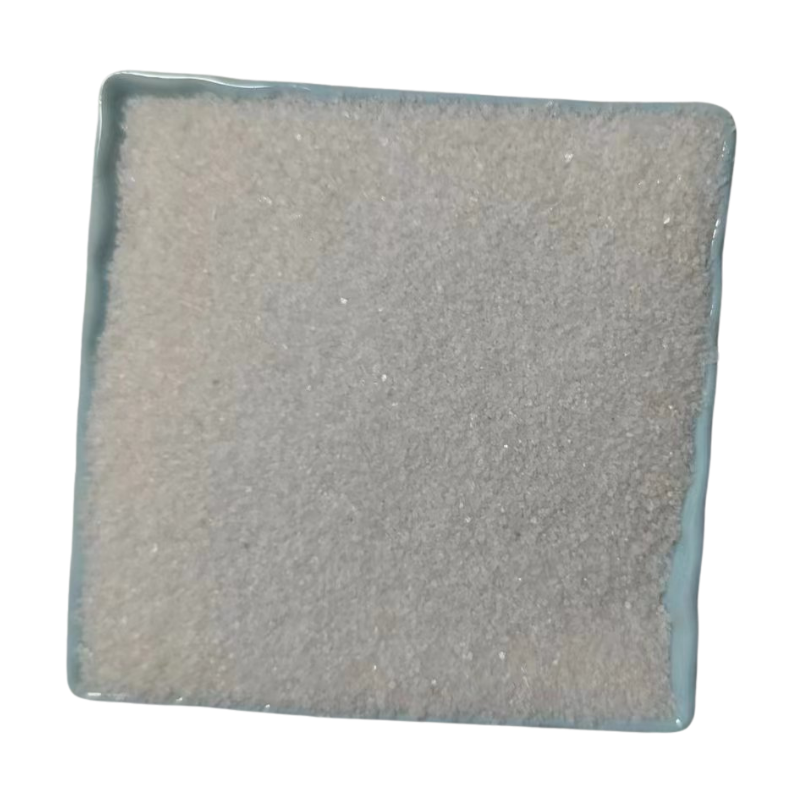
The Advanced Manufacturing Process of High-Grade Quartz Sand
The production of high-quality quartz sand involves a meticulous multi-stage processing sequence designed to achieve specific purity levels and particle size distributions. The journey begins with the careful extraction of raw quartz ore from designated quarries, prioritizing sources known for their high silica content and minimal geological impurities. Once extracted, the ore undergoes primary crushing to reduce it into manageable sizes, followed by secondary crushing and grinding to further diminish particle dimensions. A critical phase is the washing and scrubbing process, where the crushed material is rigorously cleansed to remove clays, iron oxides, and other superficial contaminants. This step is vital for improving the SiO2 purity and preparing the material for subsequent beneficiation.
Following washing, the material proceeds to the sizing and classification stage, often employing advanced vibrating screens, hydrocyclones, and air classifiers to segregate particles by precise mesh sizes. For highly refined products, such as those used in semiconductor or solar applications, additional beneficiation steps like flotation, magnetic separation (to remove ferrous impurities), or acid leaching may be implemented. Acid leaching, in particular, can significantly reduce trace impurities like iron, titanium, and aluminum, achieving purity levels exceeding 99.9% SiO2. The final stages involve drying the meticulously processed industrial quartz sand to a low moisture content, ensuring stability and preventing agglomeration, followed by rigorous quality control and packaging. Each step adheres to stringent international standards such as ISO 9001 for quality management and relevant ANSI/ASTM standards for material specifications, ensuring the product's consistency and reliability for diverse industrial applications. The typical service life of filtration-grade quartz sand, for instance, can extend for several years under proper backwashing and maintenance, demonstrating its long-term economic viability.
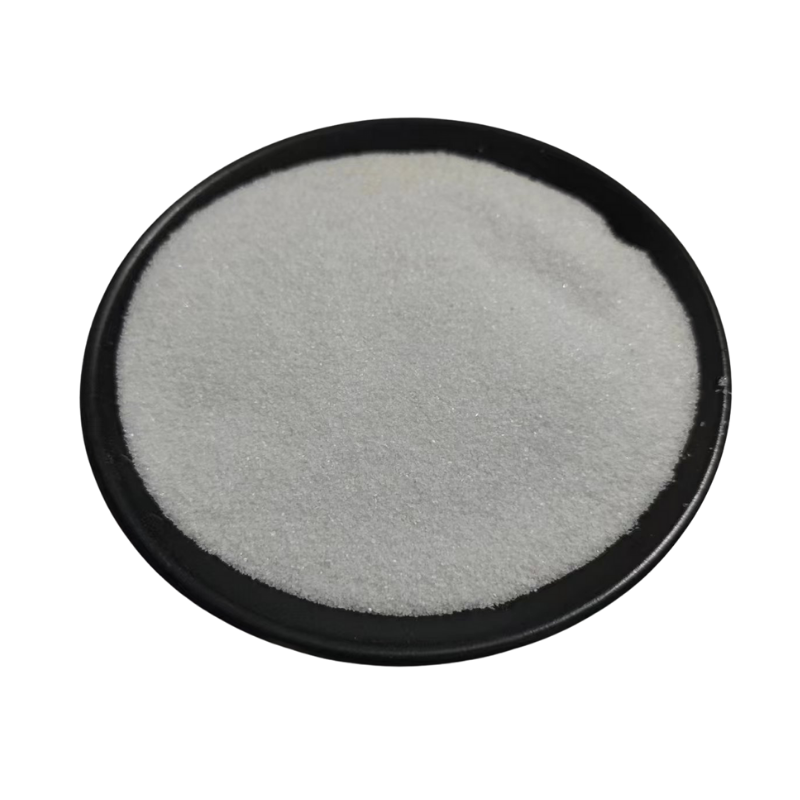
Technical Parameters and Application Versatility of Quartz Sand
The utility of quartz sand in industrial applications is directly tied to its specific technical parameters. Key among these are its high silica content, typically ranging from 98% to 99.9% for industrial grades, and extremely low impurity levels, particularly iron oxide (Fe2O3), which is critical for glass and ceramics where even trace amounts can affect optical clarity and color. Particle size distribution, often measured in mesh sizes or micrometers, dictates its suitability for filtration, foundry, or abrasive applications. Its Mohs hardness of 7 contributes to its abrasive resistance and durability, making it ideal for sandblasting and as a proppant. Furthermore, its high melting point (around 1713°C) ensures thermal stability, essential for refractory applications.
This diverse range of properties enables industrial quartz sand to be employed across numerous sectors. In the petrochemical industry, it serves as a robust filter media for water purification and as a component in drilling fluids. The metallurgy sector utilizes it extensively in foundry molds due to its excellent refractory properties and precise grain shape, which ensures superior casting finishes and reduced defects. In water supply and drainage systems, carefully graded quartz sand is the primary filtration medium, efficiently removing suspended solids and improving water quality. Its chemical inertness makes it highly resistant to corrosive substances, providing a significant advantage in demanding environments where energy savings and anti-corrosion properties are paramount. For instance, in municipal water treatment plants, the long lifespan and high filtration efficiency of quartz sand directly translate into reduced operational costs and consistent water purification, demonstrating clear long-term economic benefits and sustainability. The increasing demand for specific grades like ground quartz sand in high-tech industries for precision applications further exemplifies its crucial role.
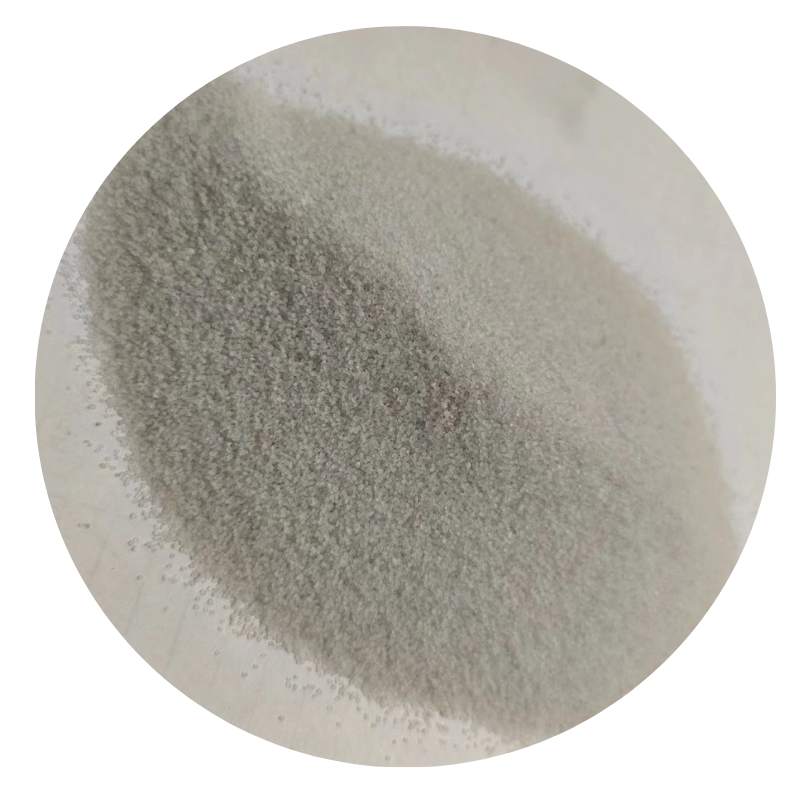
Key Technical Parameters of Quartz Sand
| Parameter | Typical Range (Industrial Grade) | Significance |
|---|---|---|
| SiO2 Content | 98% - 99.9% | Primary measure of purity; higher for optical, electronic, and high-purity glass. |
| Fe2O3 Content | < 0.05% (for general industrial) to < 0.005% (for high-purity) | Crucial impurity; affects color in glass and ceramics; lower is better. |
| Particle Size Distribution | 0.1mm - 5mm (variable based on application, e.g., 20-40 mesh, 40-70 mesh) | Determines performance in filtration, foundry, and abrasive applications. |
| Mohs Hardness | 7 | Indicates resistance to scratching and abrasion; important for proppants and abrasives. |
| Specific Gravity | 2.65 g/cm³ | Density of the material; influences bulk density and transport costs. |
| Moisture Content | < 0.5% | Low moisture prevents caking and ensures ease of handling and processing. |
| Acid Solubility | < 1% | Measures resistance to chemical attack; crucial for chemically demanding environments. |
Strategic Advantages, Custom Solutions, and Application Successes
Selecting the right supplier for industrial quartz sand involves more than just price; it encompasses purity, consistency, and the ability to provide tailored solutions. Leading manufacturers differentiate themselves through rigorous quality control, adherence to international standards like ISO 9001 and environmental management systems like ISO 14001, and robust supply chain logistics. Unlike competitors who might offer generic grades, specialized suppliers focus on providing customized particle size distributions, specific SiO2 purity levels, and even surface modifications to meet unique client requirements. This bespoke approach is particularly valuable for industries where material properties directly impact final product performance, such as precision casting, high-definition glass production, or advanced filtration systems. Our long-standing service record and partnerships with major players in petrochemical and metallurgical industries attest to our commitment to delivering high-performance solutions.
Application case studies consistently demonstrate the tangible benefits of using optimally specified quartz sand. For instance, a municipal water treatment plant significantly improved its filtration efficiency and extended filter media replacement cycles by adopting our precisely graded industrial quartz sand, leading to substantial operational cost savings and enhanced water clarity. In another instance, a leading foundry experienced a reduction in casting defects and improved surface finish on their metal components after switching to our custom-blended foundry sands, which included specific grain sizes and shapes of ground quartz sand tailored for their sand casting process. These examples highlight how technical expertise and product customization translate into measurable improvements in client operations, underscoring the value of a trusted supplier capable of integrating seamlessly into complex industrial processes. Our internal testing protocols, including XRF analysis for elemental composition and laser diffraction for particle sizing, provide documented proof of our material consistency and quality.
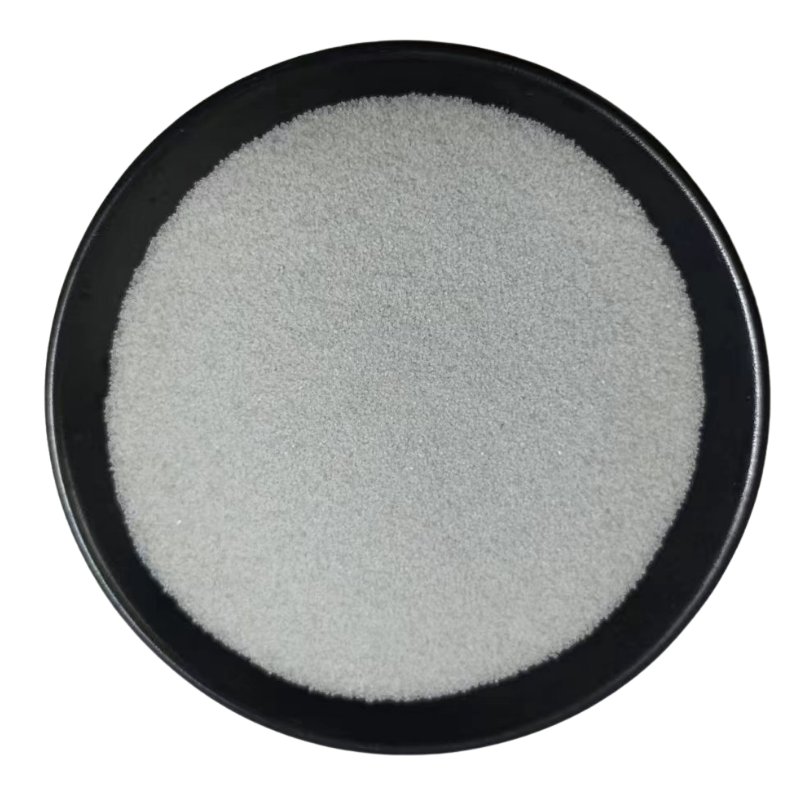
Ensuring Trust: FAQ, Delivery, and Warranty Commitments
Establishing trust with B2B clients requires transparency, reliability, and robust support systems. Our commitment to client satisfaction is reflected in our comprehensive approach to service, from initial inquiry to post-delivery support. We understand the critical nature of timely and consistent supply for industrial operations. Our typical delivery cycles for standard orders range from 7 to 14 business days within key logistical hubs, with expedited options available for urgent requirements. For large-volume or custom-grade orders, we work closely with clients to establish tailored production and delivery schedules, ensuring minimal disruption to their operations. All our products, including various grades of industrial quartz sand and ground quartz sand, come with a quality assurance promise, guaranteeing conformity to the agreed-upon technical specifications and industry standards. This commitment is backed by comprehensive Certificates of Analysis (CoA) provided with each shipment, detailing the chemical composition and physical properties of the batch.
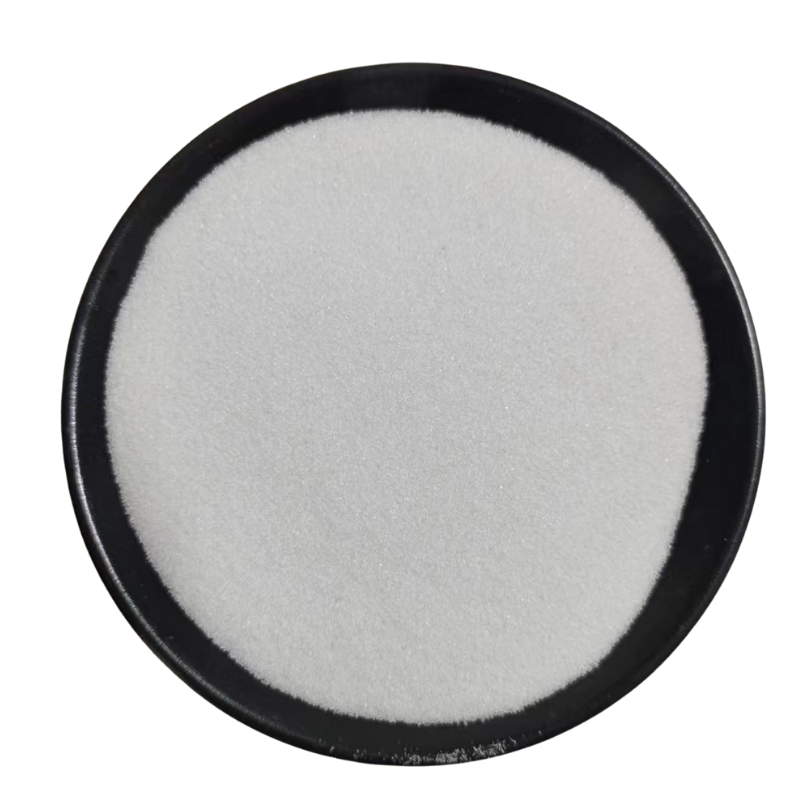
Frequently Asked Questions (FAQ)
-
Q: What purity levels of quartz sand can you supply?
A: We offer a wide range of purity levels, from standard industrial grades (98% SiO2) to ultra-high purity grades (up to 99.9% SiO2) suitable for specialized applications like solar panels and electronics. Specific COAs are provided for each batch.
-
Q: How do you ensure consistent particle size distribution?
A: Our advanced screening and classification technologies, coupled with continuous inline monitoring and lab analysis (e.g., laser diffraction), ensure precise and consistent particle sizing according to client specifications, whether for fine ground quartz sand or coarser filter media.
-
Q: Can you provide custom packaging solutions?
A: Yes, beyond standard bulk bags (FIBCs) and smaller sacks, we offer customized packaging solutions to meet specific handling, storage, and logistical requirements, including specialized moisture-barrier bags and palletization for international shipping.
-
Q: What are your minimum order quantities (MOQ)?
A: MOQs vary depending on the specific grade and processing required. We recommend contacting our sales team directly to discuss your specific needs, and we strive to accommodate a wide range of order sizes, from pilot projects to large-scale industrial procurement.
Authoritative References
- Mineral Commodity Summaries. (Yearly). U.S. Geological Survey.
- Engineering Geology and Geotechnics. (Academic Journal).
- Advanced Materials Research. (Academic Journal).
- Water Research. (Academic Journal).
- ISO 9001:2015 Quality management systems – Requirements.
Share
-
Premium Quartz Sand: Industrial & Ground SolutionsNewsAug.16,2025
-
Natural Medical Stone: Durable Grey Stone Cookware & PansNewsAug.15,2025
-
Premium Bentonite Cat Litter: Superior Clumping & Odor ControlNewsAug.14,2025
-
Premium Mica Crystals: Natural Beauty & Unique ShineNewsAug.13,2025
-
Superior Dolomite Powder: Micronized & Fine DustNewsAug.12,2025
-
Vibrant Dyed Gravel: Colorful Stone for Landscaping & DecorNewsAug.11,2025






